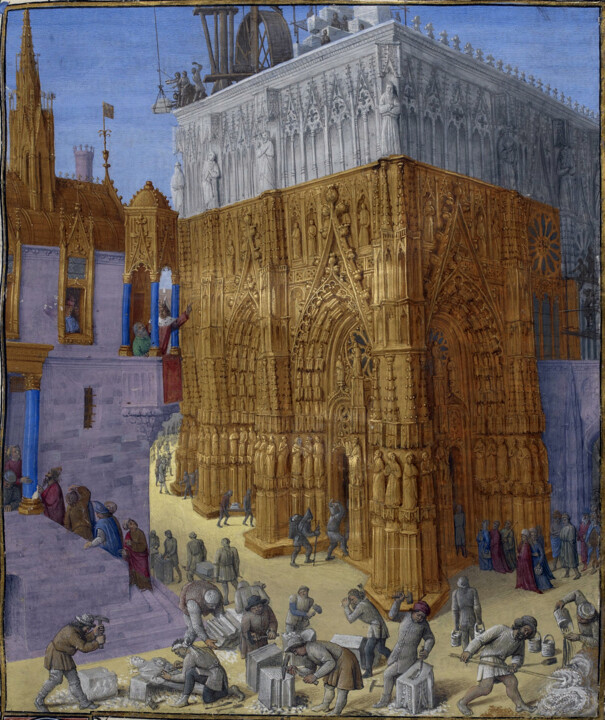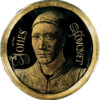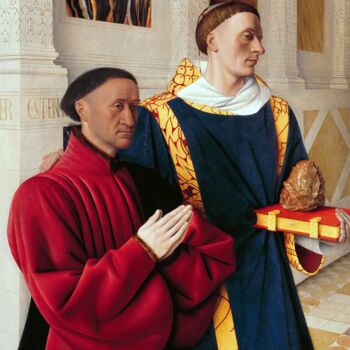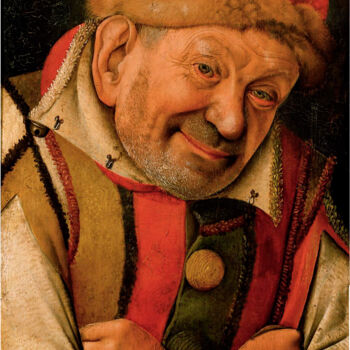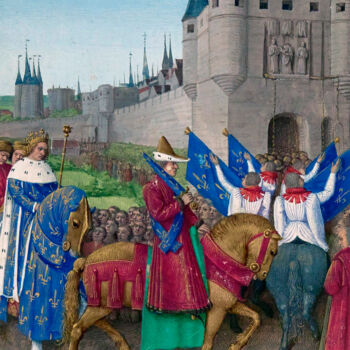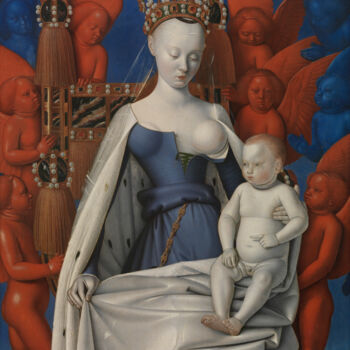Construction of the Temple of Jerusalem Flavius Josephus Painting by Jean Fouquet
Seller Artmajeur Editions
Seller Artmajeur Editions
-
Original Artwork
Painting,
Oil
- Dimensions Dimensions are available on request
- Framing This artwork is not framed
- Categories Classicism History
La peinture représente la construction du temple de Jérusalem, selon la description de l'historien juif Flavius Josèphe dans son livre Antiquités judaïques. On peut voir les travailleurs qui transportent des matériaux de construction, des artisans en train de sculpter des colonnes et des pierres, ainsi que des architectes supervisant le travail. Au centre de la peinture, on peut voir le temple en construction avec des échafaudages et des grues.
La peinture est remarquable pour sa précision et son réalisme. Fouquet a représenté les vêtements et les outils des travailleurs avec un grand soin, créant une impression de mouvement et d'activité. Les couleurs sont riches et lumineuses, ajoutant à l'effet réaliste de la scène.
Related themes
Jean Fouquet (1420-1481) was a French painter who is considered one of the most significant artists of the 15th century. He was born in Tours, France, and trained under his father, who was also a painter.
Fouquet's early works show the influence of the Flemish and Italian styles, but he soon developed his own unique style that combined a keen observation of nature with a taste for elegant and refined forms. He was especially admired for his skill in creating lifelike portraits, and his work was highly sought after by the French nobility.
One of Fouquet's most famous works is the Melun Diptych, a two-panel painting commissioned by Etienne Chevalier, the treasurer to King Charles VII. The painting depicts Chevalier and his patron saint, St. Stephen, and is notable for its exquisite details, including the realistic rendering of fabrics and the delicate portrayal of facial expressions.
Fouquet was also known for his illuminated manuscripts, which were highly prized by the French court. One of his most famous manuscripts is the Grandes Chroniques de France, a history of France commissioned by King Louis XI. Fouquet's illustrations for this work are noted for their precision and detail, as well as their vibrant colors.
Fouquet's work had a significant influence on later French artists, including Jean Clouet and François Clouet, who were court painters to King Francis I. He is also considered an important figure in the development of Renaissance art in France.
Fouquet died in 1481 and is buried in the church of Saint-Eustache in Paris. His legacy continues to inspire and captivate art lovers today.
-
Nationality:
FRANCE

- Date of birth : unknown date
- Artistic domains: Represented by a Gallery,
- Groups: Contemporary French Artists Artists presented by a gallery

